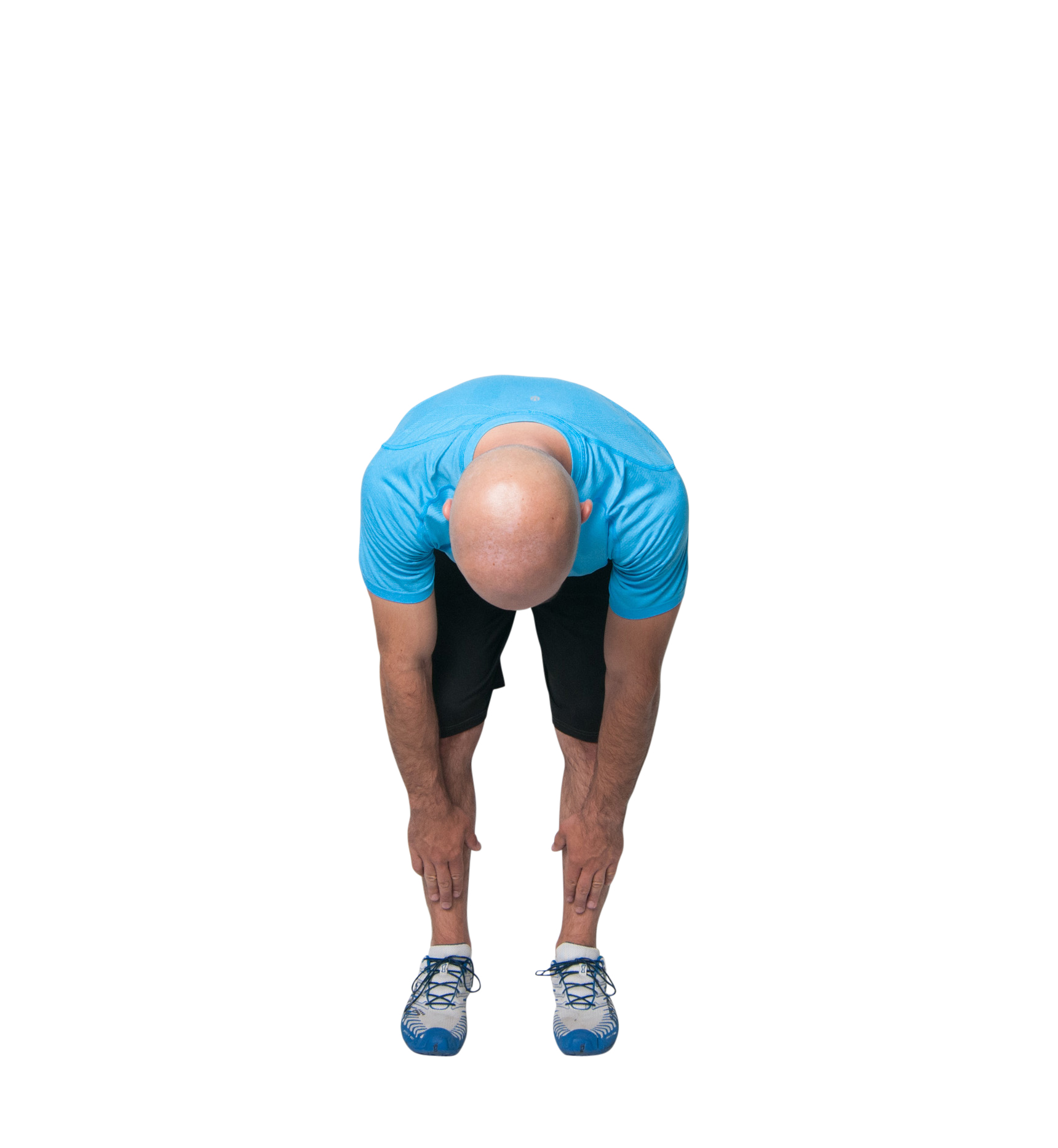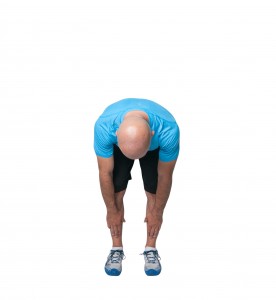
By now I’d estimate I’ve personally taught about a thousand people how to use range of motion as a biofeedback test. I find it incredibly effective, and I think it’s a proximal association to why my clients get better results than when doing whatever they did before (or sometimes after) training with me.
With that many reps, I’ve seen a few patterns or issues that people run into. In Jen’s new coaching group for Get Stronger Faster a question came up that I think can be instructive for a wider audience, since I see it in about 10% of the people I teach testing to. Basically the question goes:
I never see a difference in the testing. My range of motion always stays the same. What am I doing wrong?
Here are five things you should be aware of that will probably help:
1) If you’re not already, make sure to touch on your body (shins, ankles, feet) so that you can get a good measurement of the actual range of motion. It can be hard to tell if you just have your hands hanging out in front of you.
2) People’s sensitivity varies. Some people have a very wide range from bad to great, and some people will never see more than an inch total variation. It’s highly individual. If you’re one of the people for whom the range is much smaller you’ll have to pay much closer attention.
3) Some people treat the test as a stretch and push too hard. It’s critical to stop at the FIRST sign of tension anywhere in your body. What this means is that if you’re stretching to the very end of your range of motion, you might be blowing past that first sign of tension. For me personally I note tension with my fingertips right at my ankles, but even then I can push my knuckles all the way to the floor if I force it. Notably, I can ONLY put my palms flat on the floor when I have done something that tests very well.
4) When you very first start testing, it can be good to compare two different tests to make sure that they agree. We call this “testing the test”. You can use the toe touch as well as a side or front arm raise to compare. They should both agree on the increase or decrease, which verifies that it’s a valid test for you. The side arm raise is exactly what it sounds like, just raising your arm out to the side and noting the angle. Very few people can put their arm straight out above their head with no tension. Same with the front raise.
5) Finally, it’s worth nothing that some people WILL test well for nearly everything. This is a good thing! My only clients who test well for a very narrow range of movements, and test out of it quickly are the ones dealing with severe chronic pain, and or rehab situations. You don’t want to be there! That being said, every single client I have ever worked with, even those from whom everything seems to test well, eventually has their watershed moment where something tests badly and they can clearly see the correlation of why that movement wasn’t good that day.
I hope these things to check are helpful. Drop a comment if this is useful or if I can clarify any more on this specific topic.


Hi David, thank you for sharing your knowledge with us. Still I am not sure about one thing in this testing. To what do you compare the test after performing an exercise? To the first test you do when you started training or you do the test before every exercise and after and compare those last two?
This is a little foggy for me, so would be greatefull for little explanation.
Vanja, I compare to my baseline test for the day that I did at the beginning of the workout.
Thank you.